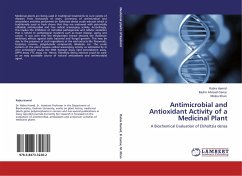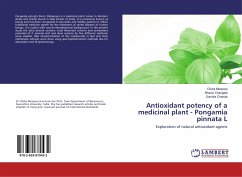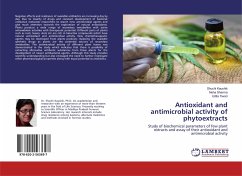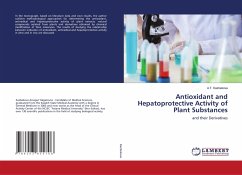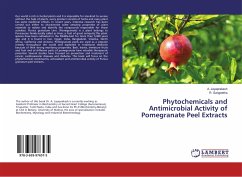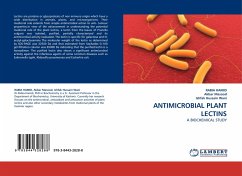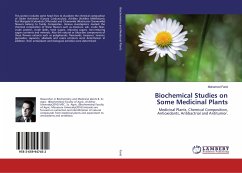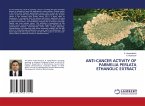Medicinal plants are being used in traditional treatments to cure variety of diseases from thousands of years. Screening of antimicrobial and antioxidant activities performed on Elsholtzia densa crude extracts which is traditionally used as herb shows that they are endowed with potentially utilizable antimicrobial and free radical scavenging activity. Accordingly, this implies the inhibition of microbial pathogenesis and cellular oxidation that is linked to pathological incidents such as heart disease, aging and cancer. It was seen that the ethylacetate extract showed the maximum inhibitory effects against both bacterial and fungal growth. This may be due to the presence of such ingredients in the said extracts like flavonoids, terpenes, tannins, polyphenolic compounds, alkaloids, etc. The crude extracts of the plant possess radical scavenging activity as estimated by in vitro antioxidant assays like DNA damage assay, lipid peroxidation assay, DPPH assay, FTC assay, etc. Hence, Elsholtzia densa extracts could be used as an easy accessible source of natural antioxidants and antimicrobial agent.
Bitte wählen Sie Ihr Anliegen aus.
Rechnungen
Retourenschein anfordern
Bestellstatus
Storno

